In January, Areti Boukas was teaching her special education class when she tried saying numerator — a word she often says. At first, she thought it sounded odd because she had said it so many times. But then she realized she was slurring.
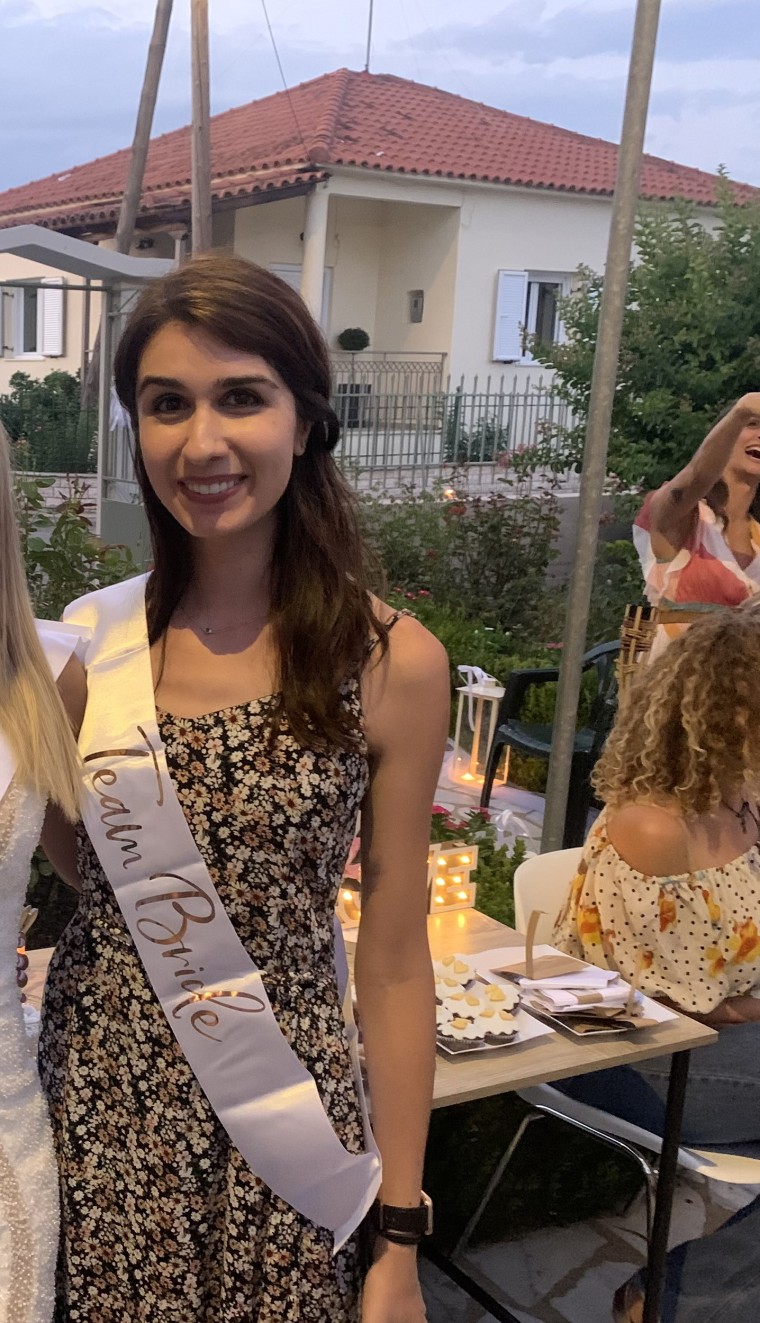
“I stood up and felt dizzy and it was a really weird dizzy feeling,” the 28-year-old teacher from Queens, NY told TODAY. “I was trying to drink water and it wasn’t going away and I felt really strange.”She started crying as someone ran for the nurse.
“My whole left side of my body was paralyzed. I couldn’t feel anything on the left half, arms, legs, toes. My face had drooped,” she said. “I remember trying to poke my left side with my right hand and I felt nothing.”
Her co-workers suspected she was having a stroke and their quick action made a difference.
“I’m just really thankful that I got (to the hospital) so quickly,” she said. “I had never heard of a young person having a stroke.”
Slurring, dizziness, and paralysis
While Boukas felt confused by what was happening, her co-workers knew she needed immediately medical attention because she was having a stroke. Even after she realized she couldn’t feel her left side, she still tried standing.
“Since my leg wasn’t working, I went down and they caught me and put me in the chair and carried me down three flights of stairs to the ambulance,” Boukas explained. “Our assistant principal came with me and she was telling me that it was going to be OK."
While Boukas knew about stroke, she had no idea that it could happen to someone like her.
“I’m young and healthy and I eat right and exercise — you know all the things that they say you should do,” she said. “I didn’t think (stroke) applied to me.”
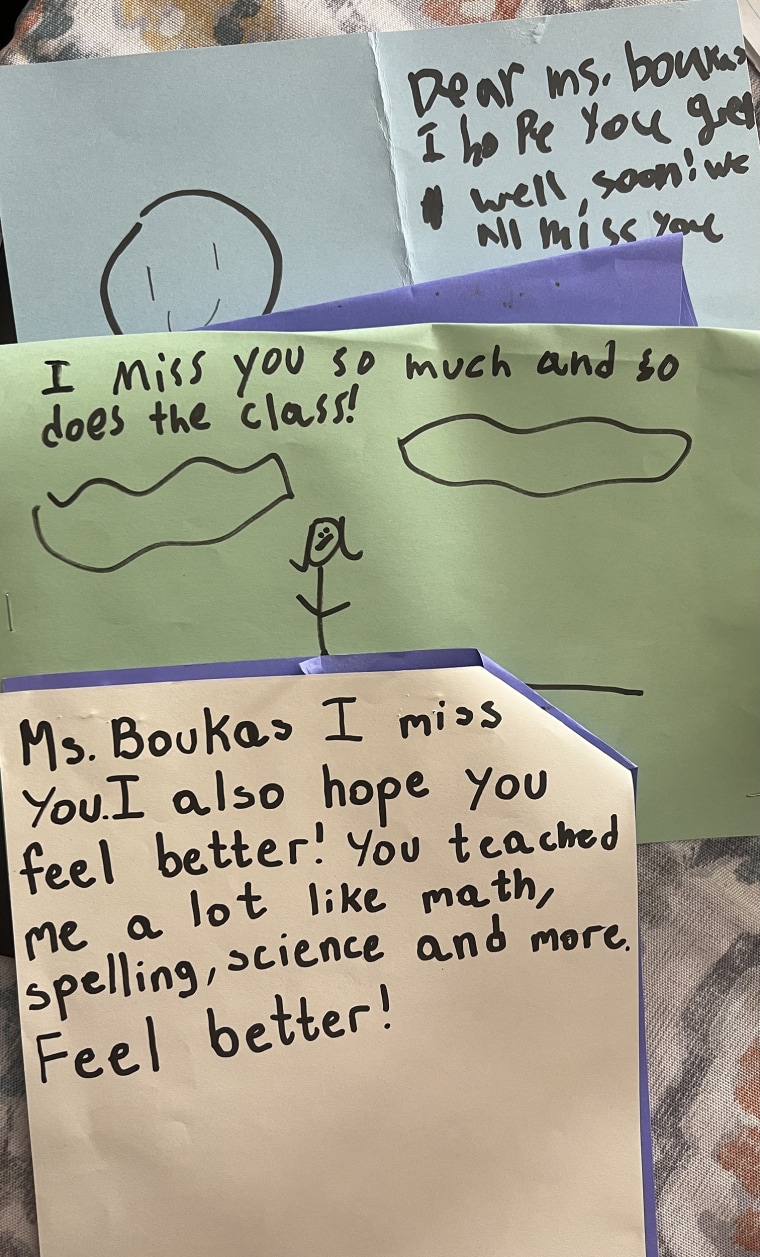
The paramedics alerted the hospital, which “activated their stroke team.”
“I remember them just poking anything on the left side of my body,” she said. “I felt nothing with pens, their fingers. They were lifting my leg and watching fall and lifting my arm over my face and watching it go right down like I couldn’t stop it from hitting me.”
Someone informed her that she was having a stroke and she said nothing. She couldn’t believe it. Doctors gave her a clot-busting drug and she underwent an endovascular thrombectomy to remove the clot.
“Stroke is the leading cause of disability and is still one of the leading causes of death in the nation. That’s the scary part,” Dr. Shahram Majidi, an endovascular neurosurgeon and assistant professor of neurosurgery, neurology, and radiology at the Icahn School of Medicine at Mount Sinai, told TODAY. “The good part is that stroke is a treatable disease.”
Clot-busting drugs work when people arrive at the hospital quickly. That’s why doctors encourage people to seek treatment whenever they first detect something wrong.
“This is not something that you can take a nap on and feel like, ‘OK let’s just take it easy for a few hours and just go to bed earlier and I will be fine,’” Majidi said. “When the classic signs of a stroke happen you should call 911.”
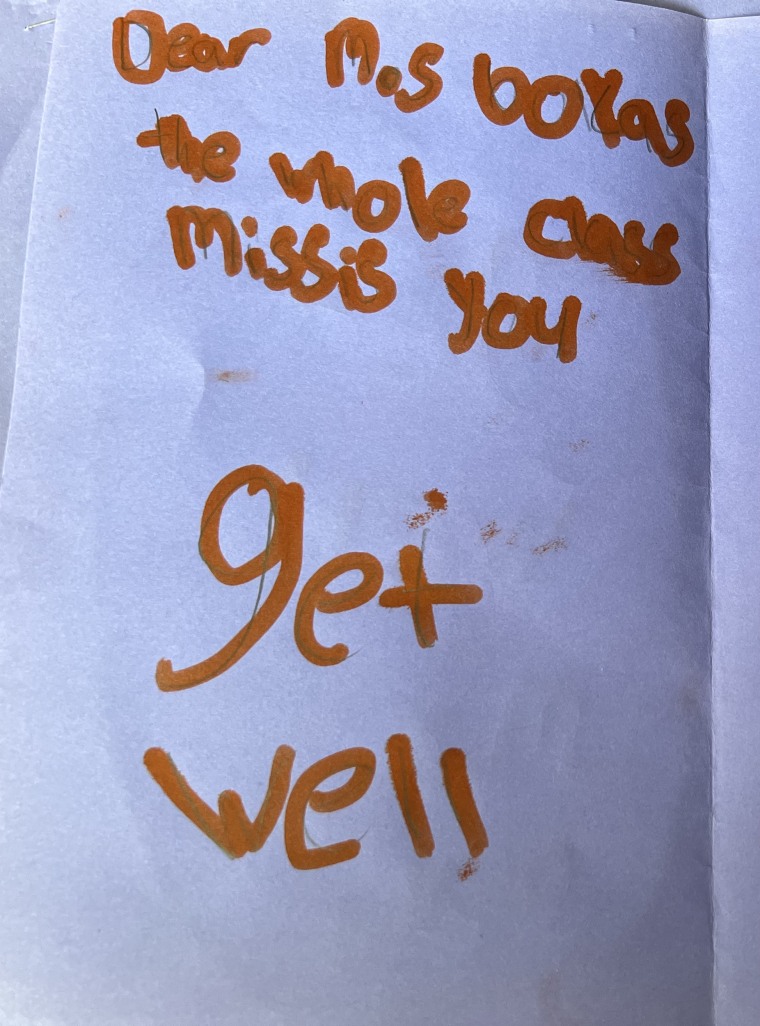
According to the American Heart association the signs of stroke spell out FAST:
- F: Facial drooping
- A: Arm weakness
- S: Slurred speech or difficulty speaking
- T: Time equals brain, the faster to the hospital, the more brain saved
“On average every minute 2 million brain cells are dying during stroke,” Majidi said. “You can tell why time is brain and how important every minute is.”
He added that traditional risk factors for stroke include:
- High blood pressure
- High cholesterol
- Diabetes
- Cardiac disease
“We need to remember that 10 to 15% of stroke happens in … patients younger than 50,” Majidi said. “Everybody in the young patient population should be educated about stroke symptoms. They should take it seriously.”
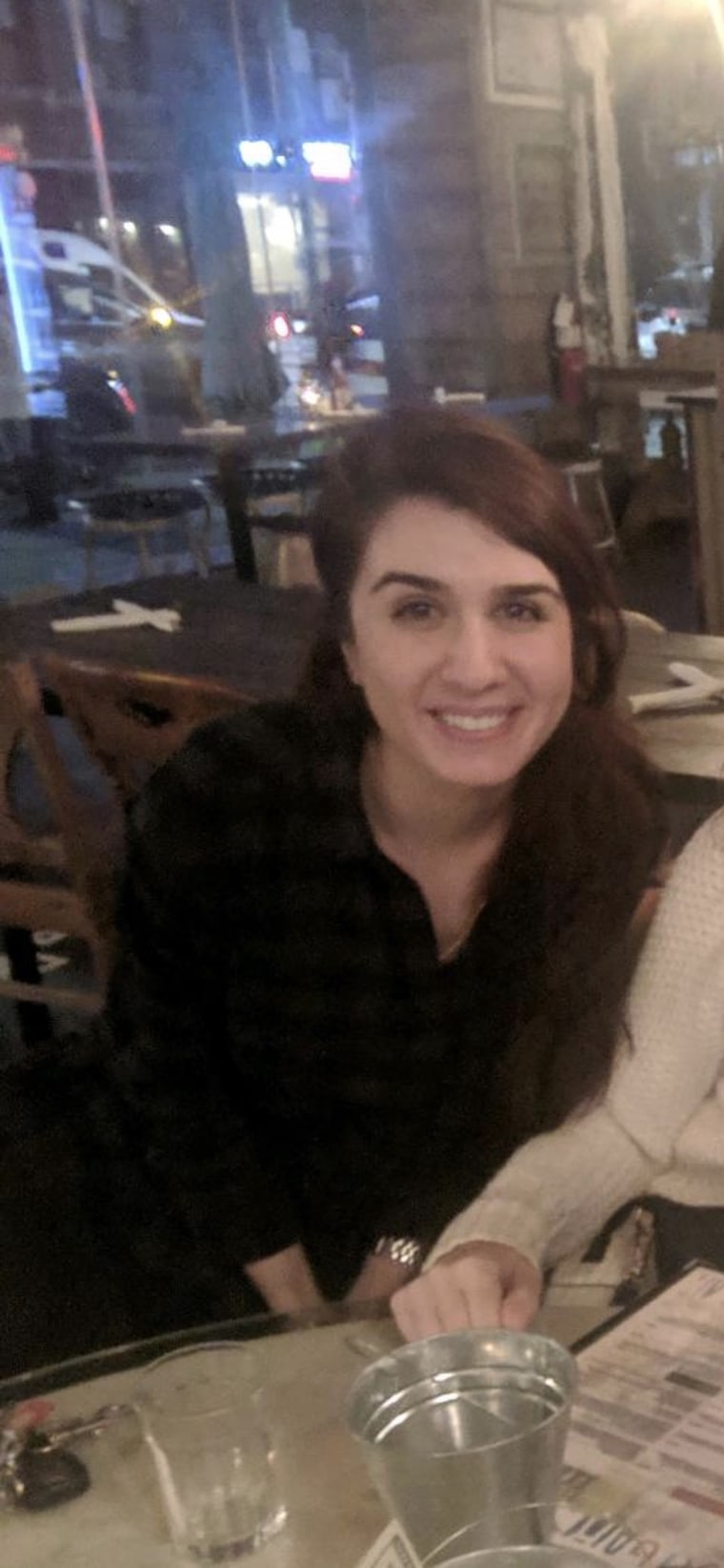
Stroke in young people
When stroke patients are younger and do not have traditional risk factors, doctors run tests to determine what caused it. In Boukas’ case, she learned she had a patent foramen ovale (PFO), which is a hole in her heart.
“When the babies are in the womb the lungs are not … functional so there has to be a conduit for the blood to travel from the right to left side,” Dr. Sahil Khera, interventional director of the Structural Heart Program at Mount Sinai Hospital, told TODAY. “When kids are born, these holes or more specifically tunnel like openings, close off”
But in about 25% to 30% of people, that hole doesn’t close. Most people never know and lead normal healthy lives. But for some, a PFO causes stroke and needs to be repaired. Without repair, clots can pass through the right side of the heart to the left, leading to a stroke.
“In those patients, closure is beneficial,” Khera said. “For the majority of the population, these are benign conduits.”
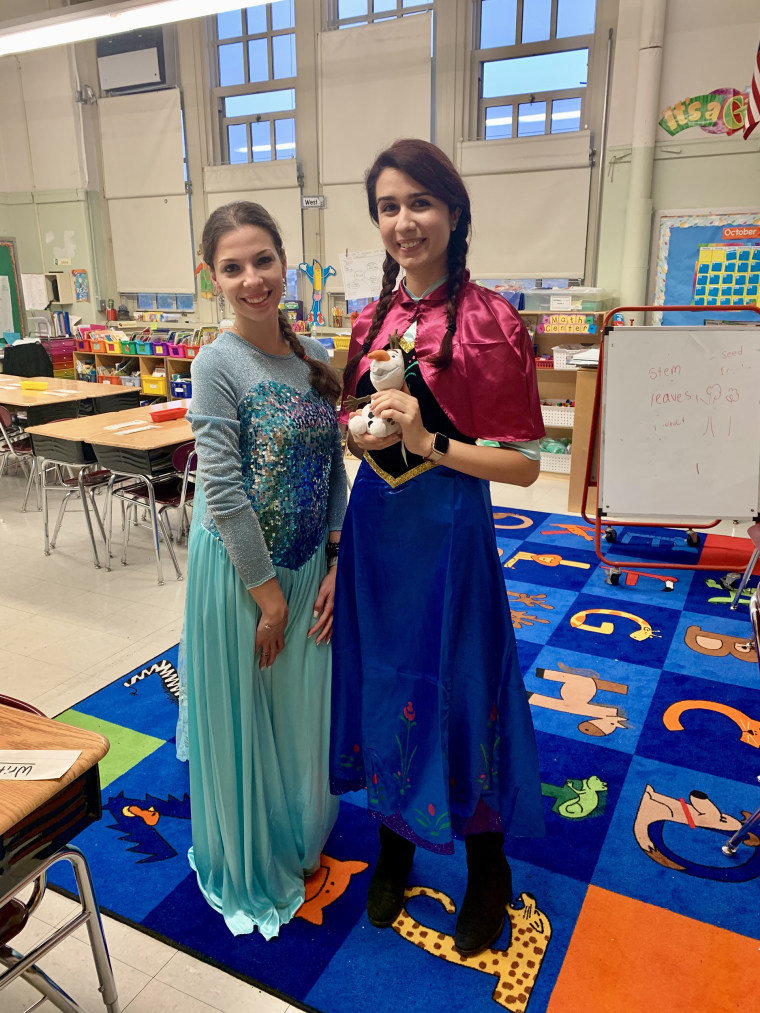
Boukas underwent a minimally invasive procedure where Khera inserted a device that closes the hole, which reduced her chance of having another stroke.
“It definitely has profound consequences for the patient because you had a first stroke at a young age and the last thing you want is a second,” he explained. “Anytime a young patient presents with a stroke, they should have a cardiovascular evaluation. That is so imperative. It’s not for the stroke at that time. It’s more for preventing a recurrence if you do find the attributable cause was PFO.”
Returning to the classroom
Boukas had to do physical and occupational therapy and felt surprised, at times, by how long recovery took.
“I remember the first time I walked around the block around my house. I was really stubborn and wanted to do it even though I probably shouldn’t have,” she said. “I remember crying on the sidewalk because it was like how could I not walk a block?”
Her therapists and doctors kept encouraging her and focusing on all the progress she’s made. She recently walked 15 minutes to attend physical therapy and hopes to soon walk a mile straight. While she pushed back returning to work three times, she will be in the classroom before the school year ends.
“I’m really excited about that because I finally feel like really positive about my outcome,” she said. “I’ve been reflecting on how grateful I am for all my doctors, nurses, and everyone.”
Boukas knows she’s also lucky that her coworkers called 911 and she was treated so quickly.
“I’m just really thankful,” she said. “Maybe someone will read this and not discount their symptoms and get help right away and recover as quickly as I did.”